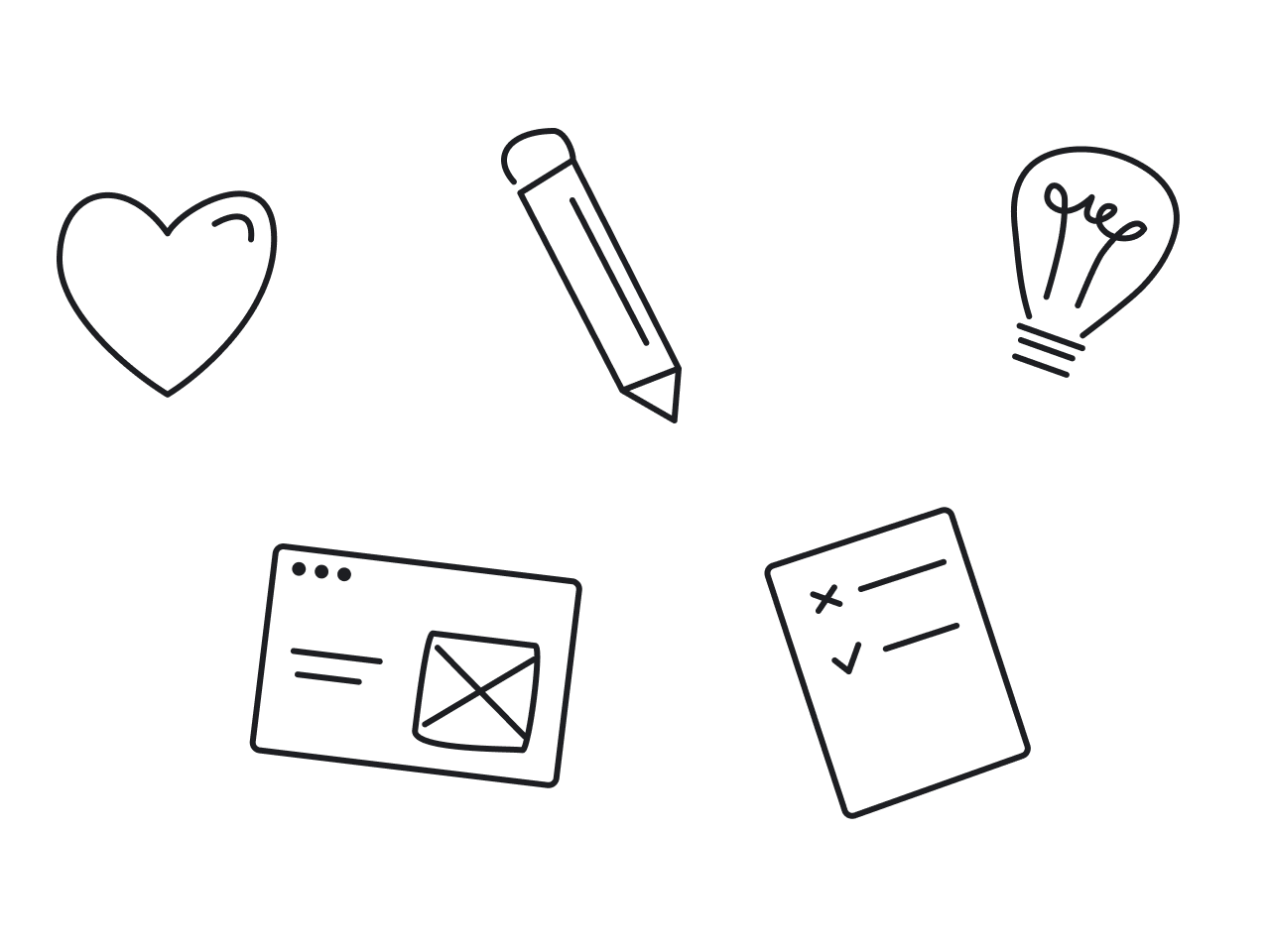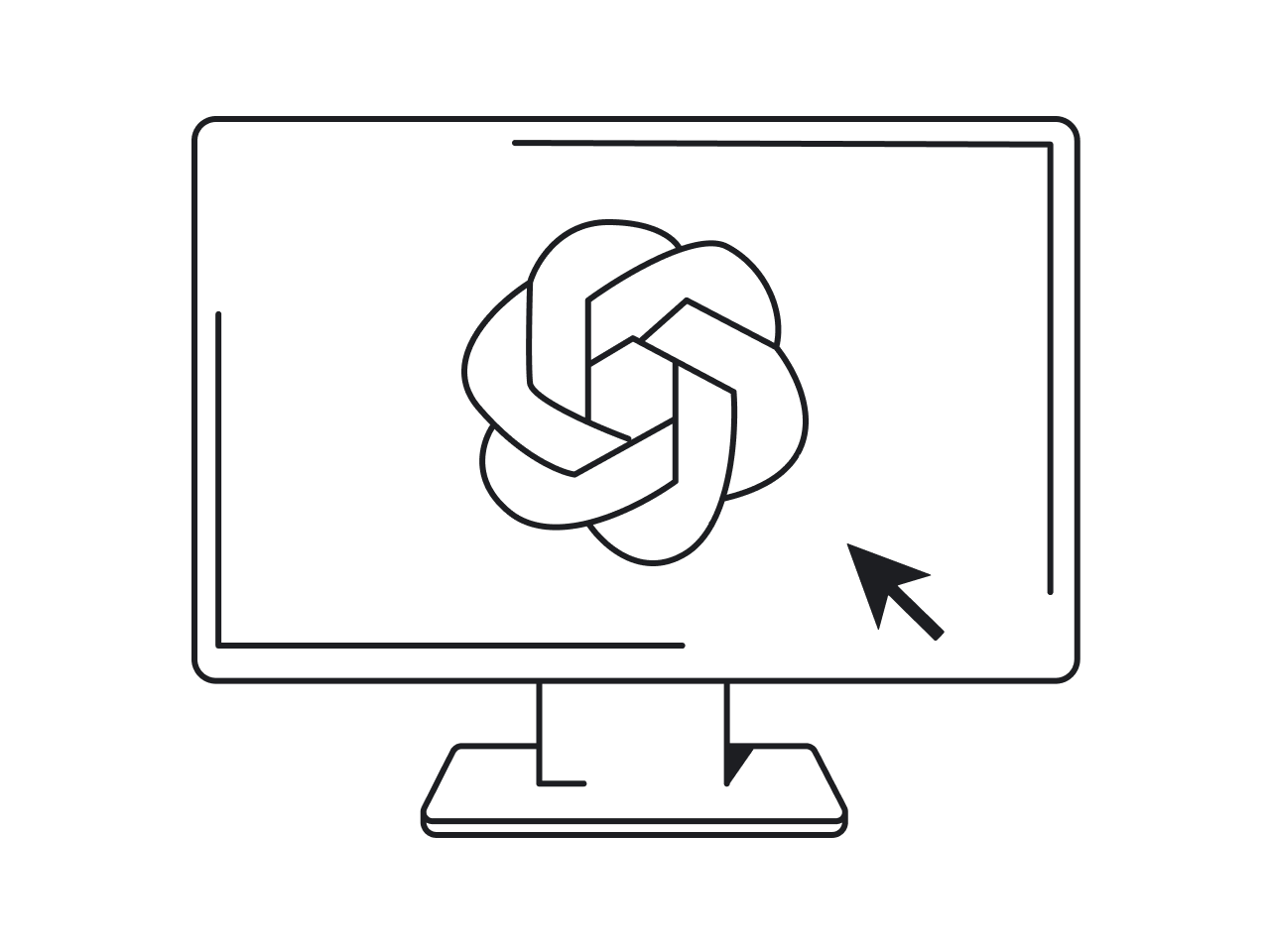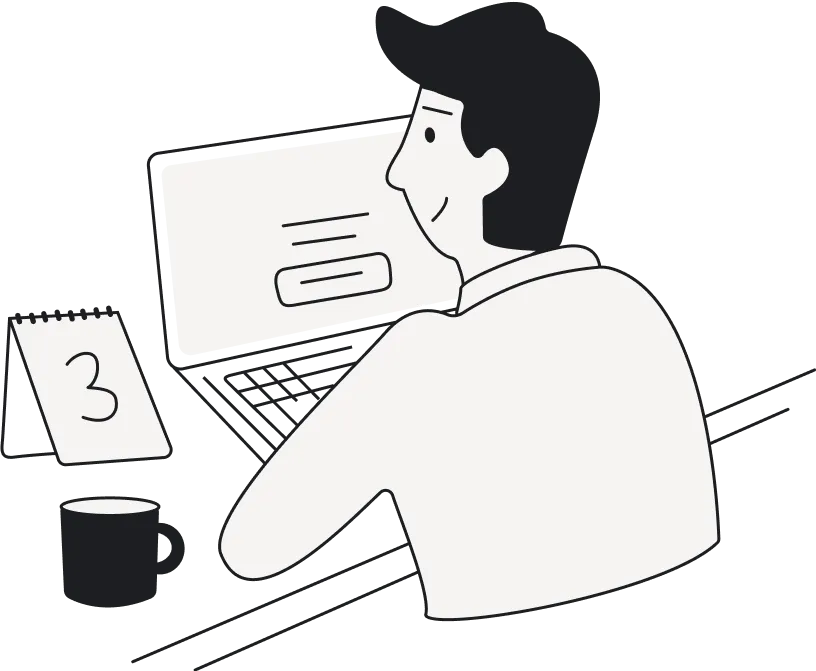
No other area of design requires such deep immersion in the client's world as UI/UX design. To create a user-friendly and practical product, it is necessary to understand the customers’ pains, needs, and expectations. This is what design thinking is all about.
Design thinking is a unique client-centered approach that helps businesses create innovative ideas using a human point of view instead of raw historical data. For example, our recent client, HandPrinter, based their project on a goal that is very important - to encourage people to protect the environment - which helped them become a company with an inimitable vision and no analogs around the globe. Interested in how they did it? Please, read further in our case study.
With the help of design thinking, you can help your clients solve their problems and create benefits for your business. Of course, in theory, using this approach seems just a piece of cake. But what about real life? I guess you are wondering if it is possible to efficiently apply design thinking in your business.
In this article, we will discuss five design thinking examples of real companies that actively use this approach as a part of their corporate strategy. So, get ready for your dose of inspiration!
Examples of companies that use design thinking
To show how resulting the design thinking can be we won't have to dig through the whole internet. What's more, I bet that you have not only heard about companies we're going to talk about but even use their products regularly!
Anyways, without further ado, let's analyze some cases when companies revolutionized the market using design thinking.
Airbnb

The first obvious choice to illustrate design thinking in action is Airbnb. Its founders, designers Brian Chesky and Joe Gebbia, studied together at the university and then rented an apartment in San Francisco. In 2007, a design conference took place, and hotel room prices skyrocketed. To make attending the conference more affordable for their colleagues, the two bought some air mattresses and created airbedandbreakfast.com to find guests.
It worked well enough, so Chesky and Gebbia wanted to continue developing the idea. As designers, they were familiar with the empathy method and used it to answer the following questions: "What do people do when they are traveling? How can they learn how to get from the airport to their lodging quickly? How can one recommend their favorite place to eat in the neighborhood?"
Answering these questions gave Chesky and Gebbia insights on the direction of further developing the website. The user can now rent an apartment, order breakfast, and communicate with their host to ask them for recommendations or local knowledge. The ability to leave feedback from both sides also allowed for a break in distrust between the host and the guest.


Now, every design team at Airbnb has a leader whose first priority is specifically to represent the customer and their needs.
Netflix

- Think Big
- Start Small
- Fail Quickly
- Scale Fast
Netflix used these design thinking principles way back in 2011. It was not afraid to destroy its existing DVD delivery business in the wake of new tech trends, dropped the early streaming attempts once they failed, and grew rapidly thanks to the introduction of Netflix's original content. How did it come to this? In 2001, Netflix founder Reed Hastings spent $10 million a year on streaming technology research (Forbes) to better understand the market, the trends, and users.What makes Netflix's human-centered UX design so distinctive? Keep in mind: it goes further than digital design itself. It's all about the user experience from start to finish.
Interactive card design

Netflix's card design is a hallmark of its user interface, offering a visually engaging and intuitive way to browse content. Each card represents a movie or TV show, providing users with key visuals, such as posters or stills, that invite exploration and interaction. This design allows for an organized presentation of vast libraries, making it easier for users to scan and find content that appeals to them. Additionally, the card layout adapts to various screen sizes, ensuring a consistent and accessible user experience across devices.
AI-powered personalized recommendations

The AI-powered recommendations are another cornerstone of Netflix's design. By analyzing a user's viewing history, preferences, and even the time spent on specific titles, Netflix's algorithms curate a bespoke selection of content tailored to each viewer. This system not only enhances user satisfaction by reducing the time spent searching for something to watch but also introduces users to new content they might not have discovered otherwise.
Seamless cross-platform experience
Netflix offers a consistent user experience across various devices and platforms, including smart TVs, gaming consoles, smartphones, and tablets. This consistency ensures that users have a familiar interface, making it easy to switch between devices without relearning the navigation.
Efficient search functionality
The platform's highly optimized search feature allows users to find content by titles, actors, genres, or even specific keywords. This efficiency reduces users' time searching for content, enhancing their overall experience.
Personalized user profiles
Netflix allows the creation of multiple user profiles within a single account, each with its personalized recommendations, watch history, and content preferences. This feature is particularly useful for families or shared accounts, ensuring each user's experience is tailored to their tastes.
Smart download feature
Netflix introduced the 'Smart Downloads' feature for mobile users. This feature automatically downloads the next episode of a series you're watching and deletes the ones you've already watched. This feature is particularly useful for users who watch content on the go, ensuring they can always access their favorite shows without manual management.
High-quality thumbnails
Netflix employs a unique strategy of using multiple, high-quality thumbnails for each title, which change dynamically. This approach is designed to capture the attention of different users based on their interests, making the content more appealing and increasing the likelihood of engagement.

Using design thinking to prioritize the customer has allowed Netflix to become a household name and an essential part of how we consume media.
Uber

Uber, with its global footprint spanning over 600 cities across 65 countries and serving more than 75 million users, stands as a testament to the transformative power of design thinking in creating innovative business models. The core of Uber's user experience excellence lies in its deep empathy for users, particularly addressing the universal disdain for waiting. This insight has been pivotal in shaping a service that is not just a ride-hailing app but a seamless part of modern urban mobility.
One of Uber's design thinking triumphs is the minimization of user inaction. Through engaging animations and interactive elements, Uber transforms passive waiting times into periods of engagement and information for its riders. This approach not only entertains but also keeps users informed about the status of their ride, effectively reducing the perceived wait time.
.gif)
Transparency is another cornerstone of Uber's design strategy. By openly displaying key operational aspects, such as the dynamic calculation of arrival times, Uber fosters trust and appreciation among its users. This transparency ensures that users are not burdened with unnecessary technical details, yet they receive enough information to understand the efforts made to optimize their experience.
Additionally, Uber excels in setting and communicating clear expectations for the ride journey. By detailing each phase of the ride process, from car arrival to destination reach, Uber keeps users informed about their progress towards their goal, enhancing the overall experience and anticipation.

Moreover, Uber's design extends to features like safety protocols, real-time tracking, and easy payment options, which collectively contribute to a user-friendly, reliable, and efficient service. This holistic, user-centric design approach has not only solved practical transportation challenges but has also redefined the very fabric of urban mobility, making Uber an indispensable tool in daily life. Through design thinking, Uber has successfully transformed the concept of getting from point A to point B into an experience that users value and rely upon.
IBM

Bridget van Kralingen, senior vice president of IBM Global Business Services, recently told: “There’s no longer any real distinction between business strategy and the design of the user experience” and these words make a big difference.
IBM design has gone through many stages in its development ("good design is good business"), and now the company provides design services and invests $100 million in implementing principles of design thinking in their organization.
In 2014, IBM used design thinking when creating Bluemix (now IBM Cloud), a cloud platform for application development. IBM’s main goal was to help developers in big companies create cloud applications much faster.
Researching their target audience allowed IBM to create an easy-to-use and functional platform that attracted more than 1 000 000 developers.
Here are three main points why all these developers fall in love with Bluemix:
- Choice. Bluemix allows to build a consistent application that can run both on and off premise. It helps to reduce the cost and time developers spend on setting up infrastructure
- Extensive catalog with tools. Bluemix offers almost 150 tools and services that propels you months ahead in development (e.g. Internet of Things for secure data collection, Watson for cognitive computing services, etc.)

Methodology. Using the DevOps tool chain allows to easily scale your projects.
That’s how identifying pains and needs of the target audience allowed IBM create a platform that helps developers quickly build applications.
Intuit

Intuit is a global platform that helps its customers cope with financial issues (accounting, tax preparation, etc.).
Back in 2006, Scott Cook, the founder of Intuit decided that his accounting software company has to be more innovative. Inspired by an article about design thinking written by Roger Martin, Cook started thinking about how this approach can help to develop and improve his product.
First of all, Intuit’s team identified the problem. Most people hate spreadsheet-based personal finance tracking solutions, and they stop using them as soon as they start. The research of competitors helped to realize that existing solutions are suitable for professional accountants but difficult to use for an average person. Although there is a need for financial planning for individuals or small businesses as well.
The solution was to create an easy-to-use and consistent UX. When Intuit introduced its software to help people control their finances, there were 46 similar products on the market. At the beginning of the journey, they joked that at that moment they had the "47th mover advantage."
The basic version of Intuit offered only a third of all available features, but with a great design. Instead of spreadsheets, the program displays familiar images with check receipts on them.

Because of its extremely intuitive design, Intuit immediately became the market leader in personal finance software.

As a result, Intuit has shown software companies that good design is something every industry should care about. You can use empathy to create well-designed software that can both solve business problems and serve people.
Think of people and they will think about you
To make a successful product you need to put user needs at the center of your efforts focusing on designing usable, delightful, and efficient experiences. Design thinking helps you to understand real people’s needs and problems and uncovers ways of improving user experiences.
So, don’t hesitate to make design thinking a part of your company culture. It will promote creating products that deeply resonate with your customers — ultimately driving engagement and growth.
And if you need help in creating products that show how much you care about your customers, come to Eleken for a human-centered UI/UX design.





















